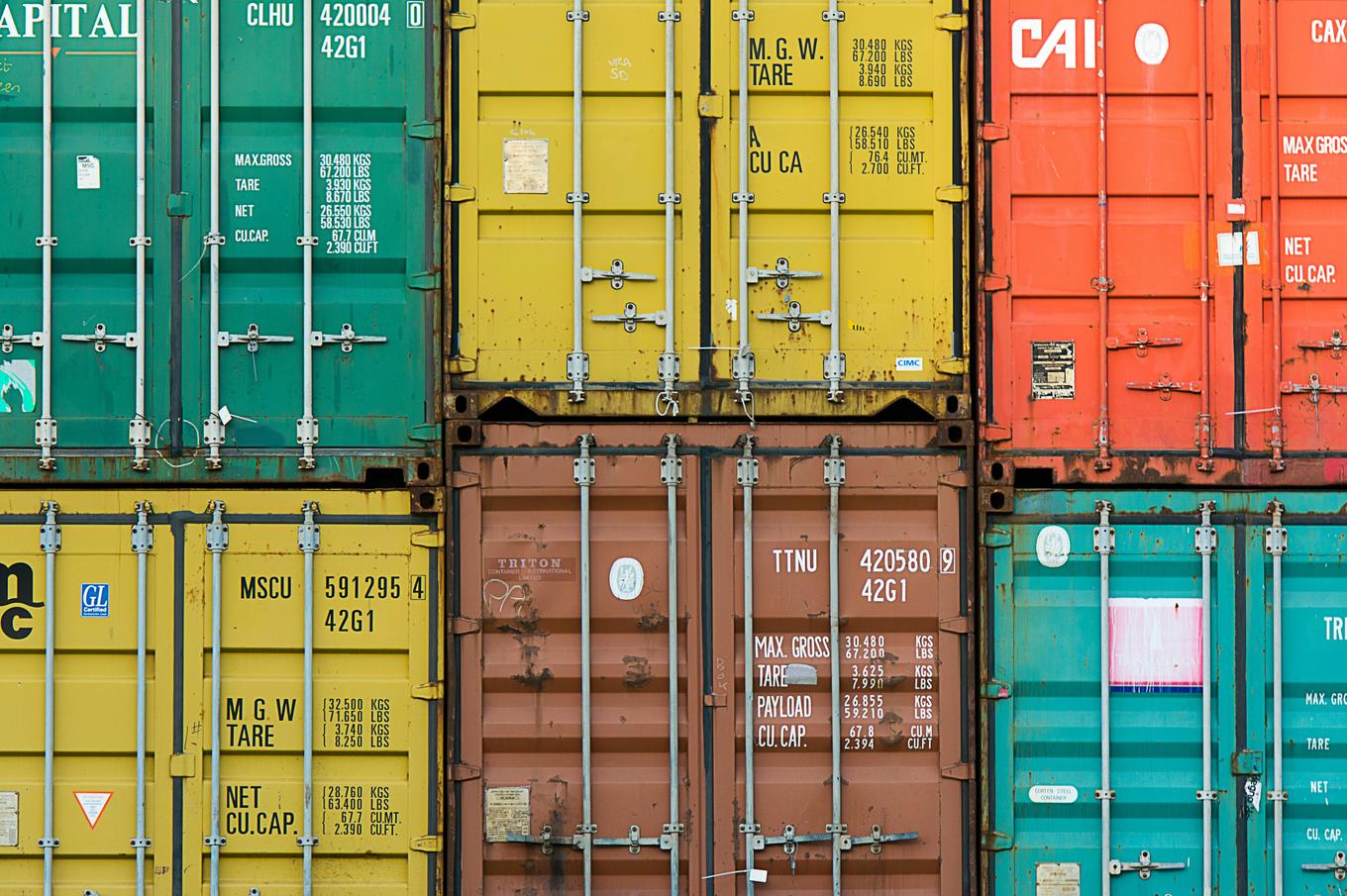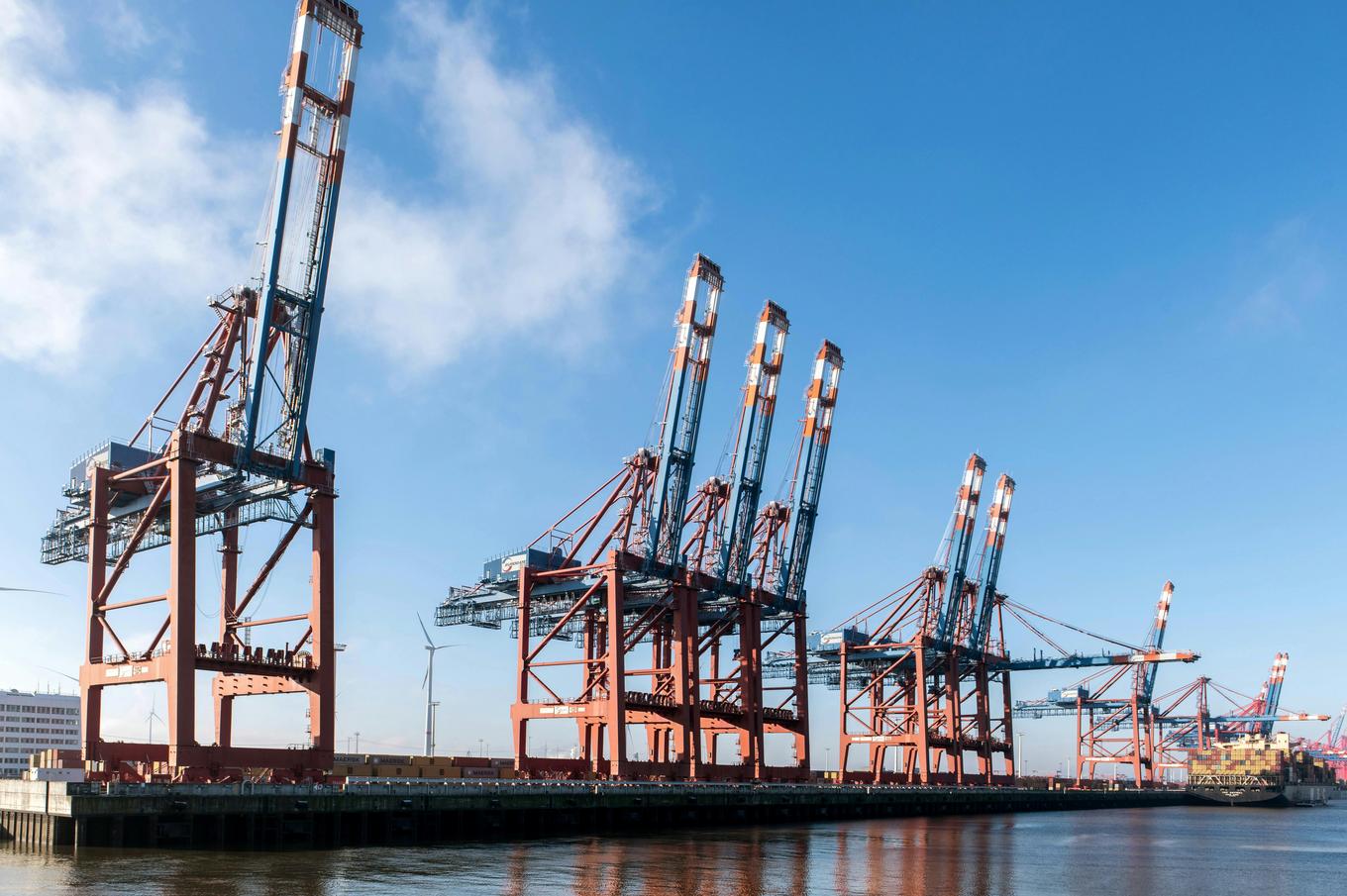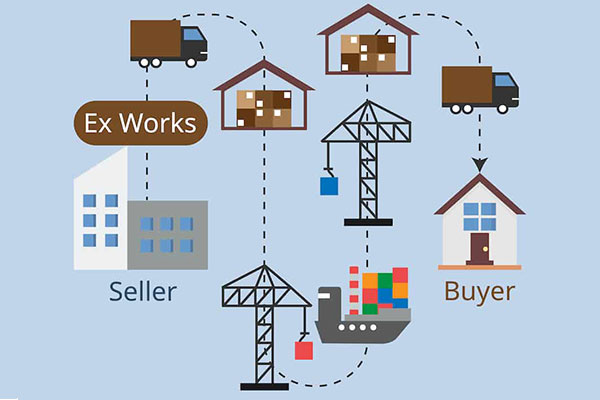- Shanghai Zhongshen International Trading Co., Ltd. – Your reliable partner with 20 years of import/export agency service expertise.
Export cost accounting isforeign tradeAn important task carried out by enterprises to ensure profits and avoid losses. Accurate cost accounting helps enterprises determine appropriate quotations and provides a basis for price negotiations. The following are the main contents and steps of export cost accounting:
Direct costs:
Raw material costs: Calculate the cost of all raw materials required for producing or purchasing goods.
Labor costs: The direct labor costs required for producing goods.
Manufacturing expenses: Other expenses related to production, such as electricity, water, fuel, etc.
Indirect costs:
Administrative expenses: Including the salaries of management personnel, office expenses, etc.
Sales and marketing expenses: Such as advertising fees, exhibition fees, commissions, etc.
Research and development expenses: Expenses related to the research and development of new products or technologies.
Financial expenses: Such as loan interest, exchange rate losses, etc.
Logistics costs:
Packaging costs: Including the costs of inner and outer packaging materials and labor.
Transportation costs: Calculate according to the transaction terms and destinationMaritime transport,Air freightOr the cost of land transportation.
Insurance costs: The insurance costs of goods during transportation.
Loading and unloading fees, warehousing fees: Fees at the port or warehouse.
Taxes, fees, and customs - related expenses:
Tax Rebates: Some countries provide tax rebates for exported goods.
Tariffs: Taxes that the destination country may levy on imported goods.
Other customs - related expenses: Such as inspection and quarantine fees, customs clearance fees, etc.
Other possible expenses:
Consulting fees and agency fees: Such as hiring a foreign trade consulting company or customs clearance agent.
?L/C?Fees: Bank fees related to opening, amending, or notifying a letter of credit.
Risk reserve: Reserve funds set aside for possible bad debts, exchange rate fluctuations, etc.
Accounting process:
Clarify the accounting objective: Determine whether it is for formulating quotations, conducting internal evaluations, or for other purposes.
Collect data: Collect relevant cost data from internal and external sources.
Analyze and calculate: Calculate each cost item based on the data.
Evaluate and make decisions: Develop or adjust the export strategy based on the results of cost accounting.

Related recommendations
- Communicating MOQ & Lead Times: A Guide for Exporters
- How exactly are the agency fees for export embossing equipment calculated?
- A Comprehensive Analysis of Australian Cookie Import Agents: A Professional Operation Guide Focusing on Two Core Aspects—Documentation and Logistics
- How can industrial equipment exporters overcome the challenge of choosing a foreign trade agent?
- A Comprehensive Guide to Dutch Chocolate Import Agents: Two Core Aspects of Documentation and Logistics + Analysis of Advantages in Foreign Exchange Settlement for Business with Russia
Resources
Contact Us
Email: service@sh-zhongshen.com
Related recommendations
Contact via WeChat

? 2025. All Rights Reserved.









